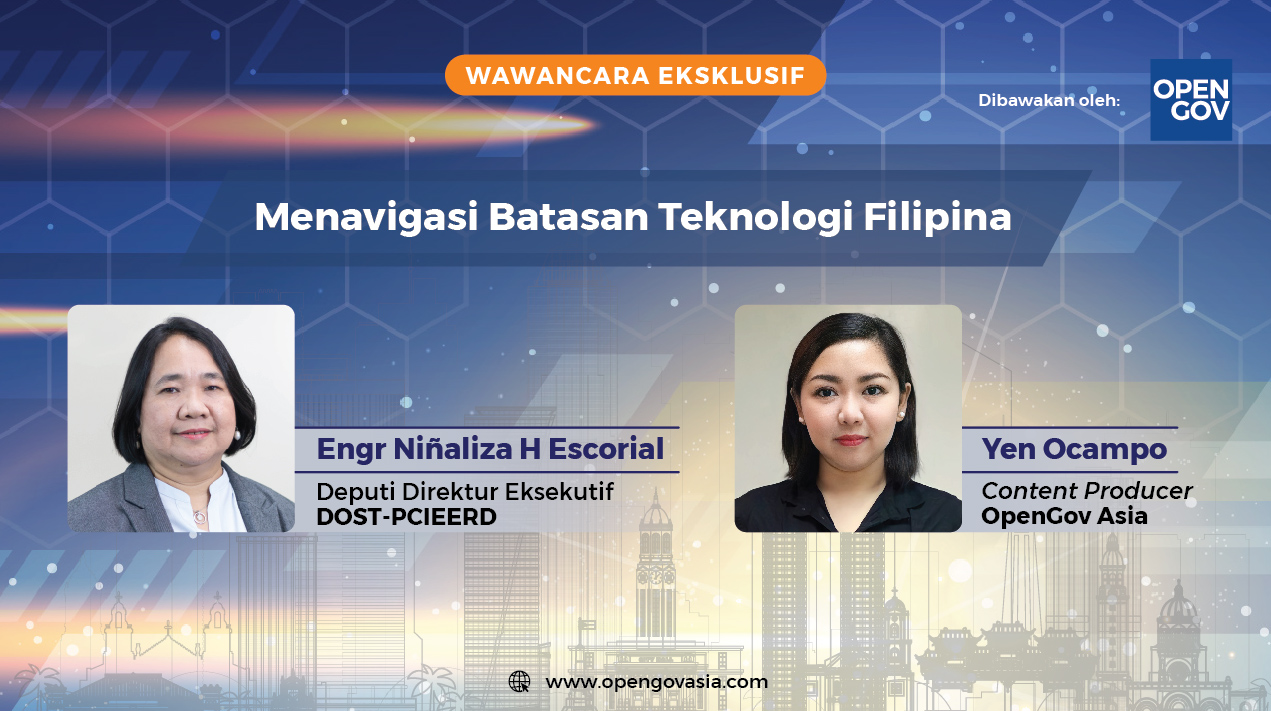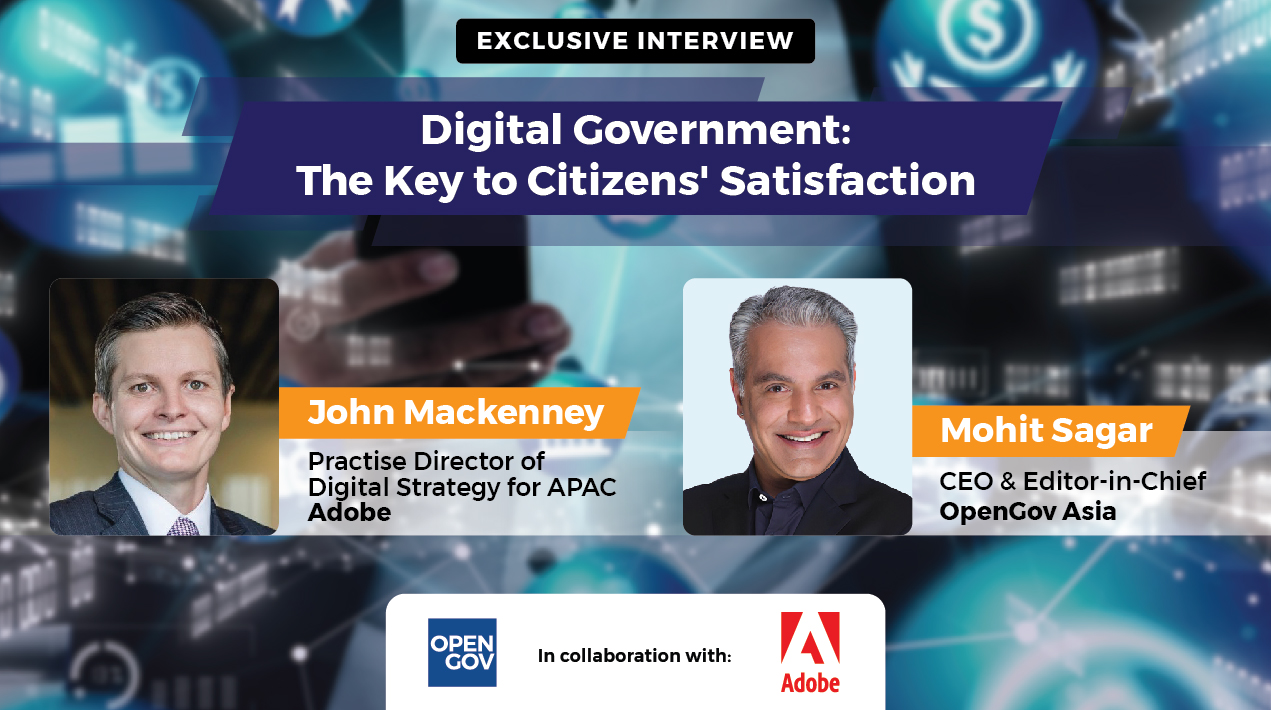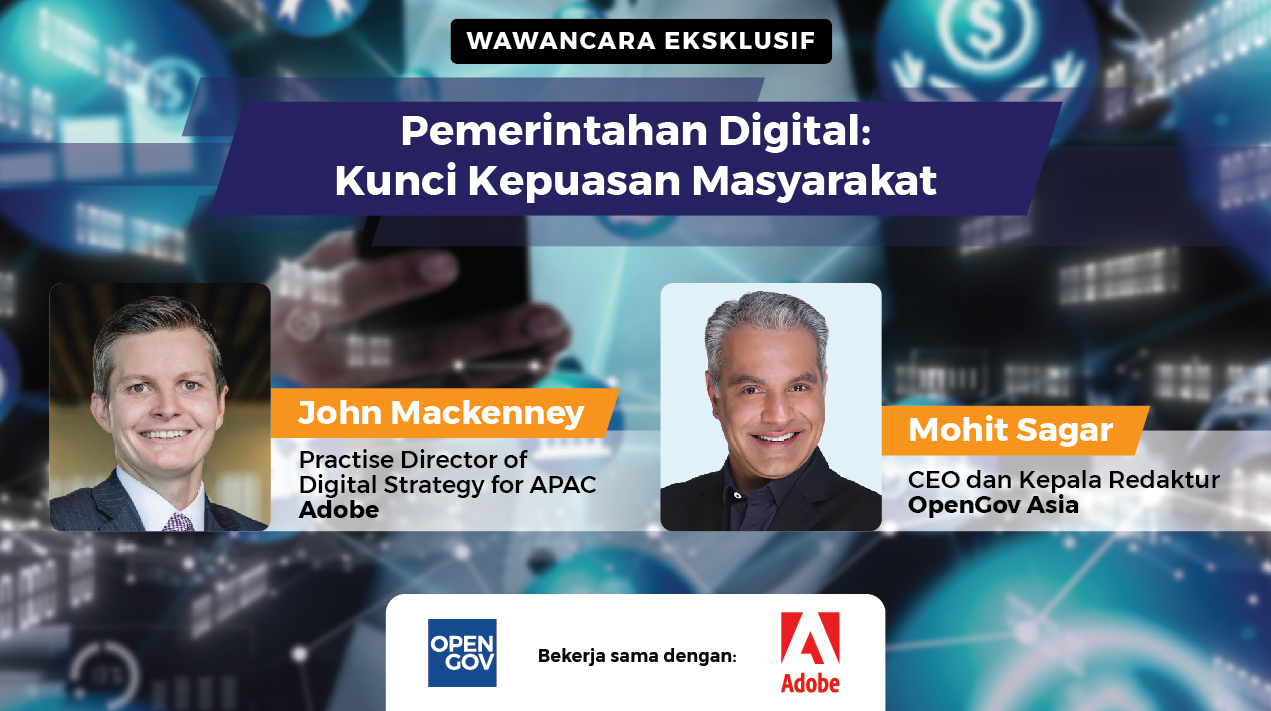
What Is It and How Can It Benefit Public Sector Shared Services?
The very mention of “robotics process automation” (RPA) conjures up the image of a room full of gleaming humanoid robots stiffly moving about, busily picking things up and putting them down.
But what exactly is RPA? Why is it so hot among shared service centers in the private sector? And how is it relevant to shared services in the public sector?
What is it?
First of all, banish the visions of “Star Wars” robots like C-3PO and BB-8 from your mind; RPA is just software running on existing hardware. But it is also not a financial system from vendor ‘A’ or a human resource system from vendor ‘B’. What, then, is it?
RPA is simple: it is software that logs onto existing systems and clicks, cuts, pastes, drags, enters data, and otherwise utilizes applications just like a human user would. So maybe it is a little like an invisible C-3PO sitting at your desk using the same software and tools you use on your desktop to get your work done. It is essentially a “virtual” robot.
Now think of this “robot” working an endless workday with no bathroom or lunch breaks, and no mistakes. Beginning to see the possibilities?
There are, of course, limits. The robot has to be meticulously programmed to perform each step in each task. It has to be coded what to do when it comes across a variety of predictable outcomes. And if the robot encounters something unexpected, it does not “think” or problem-solve like you or me, it just stops working. However, during the time it is successfully carrying out routine tasks, it does so with remarkable accuracy and speed. And as time goes by, it can be programmed to deal with more and more exceptions.
Why such a hot topic?
Private sector shared service organizations spent a couple of decades driving out administrative costs, in large part, by transferring work from workers in high-cost areas to workers in low-cost parts of the globe. Of course, a certain amount of process improvement also contributed to the gains, but the big money came through this type of labor savings. That strategy has largely been exhausted.
The promise of RPA offers a virtual elimination of the cost of labor for routine tasks. It is estimated that automation can increase productivity and quality up to 50 percent. It will, of course, impose new costs for labor involved with setting it up and making sure it is running properly. However, it offers a solution that frees humans from doing mundane tasks that are often prone to error and has little in the way of added value.

An Example
Here is a real world example from one of the major credit card companies. This company offers two versions of its credit card: a basic, and an enhanced “platinum” version. Because this company has been around a very long time and these two products have their own histories, all the customer data for each credit card (name, address, income, credit limit, purchasing history, etc.) are contained in disparate, stand-alone mainframe computer systems.
What happens, then, at that happy moment when one of the bank’s existing customers calls and wants to “upgrade” from the basic credit card to the platinum card?
As recently as a year ago, the process of moving all the data from the basic card system to the platinum system took a team of credit card company employees 16 steps and an average span of two weeks to accomplish. Moreover, the accuracy rate was not impressive. Human operators had to cut and paste (or in some instances re-key) data from one system to the next. Opening the new account also required rechecking the customer’s current credit score (and access to a separate system). Closing out the old account required access to additional systems.
Enter RPA. The bank meticulously documented the steps a human would take to open the new account, transfer the data, perform other necessary steps, and close the account. This included logging into each system, maneuvering to the proper screens, and entering data. These instructions were then fed into the RPA software. The RPA “routine” is now run daily and takes about 20 minutes to complete all the steps to get a customer set up with the upgraded card. What used to take a span of two weeks and often required future corrections is now turned around in a day, with zero errors.
How is RPA relevant to the public sector?
Now that you know what RPA is, you can start to think of how to apply it to everyday situations in the public sector environment. Are there processes in your operations that are routine and repetitive which do not require analysis or judgment? Are these processes fraught with errors? Are there processes that are tedious and aggravating to users that are necessary, but could be streamlined? These are probably good candidates for RPA.
One of the big advantages of RPA is that it does not require changing your existing systems. It utilizes them as they are, with a great amount of speed, accuracy, and at a low cost. Setup time is much, much shorter than re-designing or combining systems.
Another example from the private sector could easily be translated to the public sector. In this case, a company did a study of the time that managers spent on approvals. They discovered that the company’s managers spent an inordinate amount of time logging into no less than two dozen systems to “approve” things week after week.

These approvals included: small purchases, employee authorizations to travel, time cards, and expense reports; and human resource actions such as raises and promotions, to name a few. The amount of time included not only making the approvals, but maintaining a separate login and password for each system.
Enter RPA. A front-end mobile app was created so that each manager could see a list of any required approvals. This one step, alone, of bringing all the information together, cut out time of logging into system-after-system to see if approvals were required.
It doesn’t stop there. They took it one step further, enabling managers to make the approvals in that single app by having RPA operate behind the scenes. This included carrying out the approvals in the various systems one-by-one by remembering passwords, clicking on the appropriate buttons, or entering data as necessary. What used to be a major chore was cut down to one simple, manageable process for the human user. And no changes had to be made to existing systems.
I know that in my role of providing a full range of shared services to the U.S. Department of Health and Human Services and other U.S. federal agencies, we seek to provide all the functions our customers need that allows them to focus on things like curing cancer, preventing food contamination, and providing access to healthcare for all Americans. RPA certainly has the potential to help us reduce the burden that administrative activities add for our customers, and we cannot afford to overlook that potential.
Stay tuned for Part Two where we will further explore RPA’s transformative potential in the public sector.





















